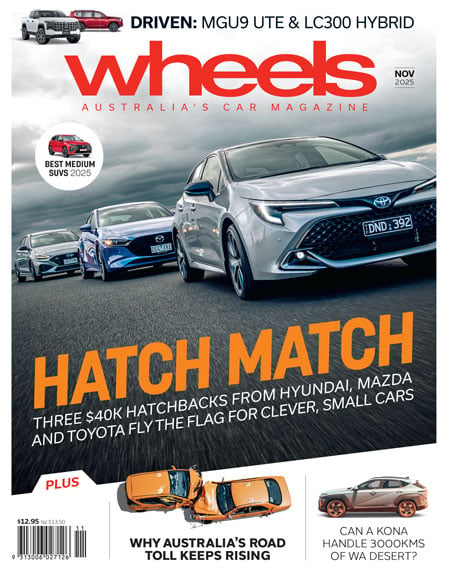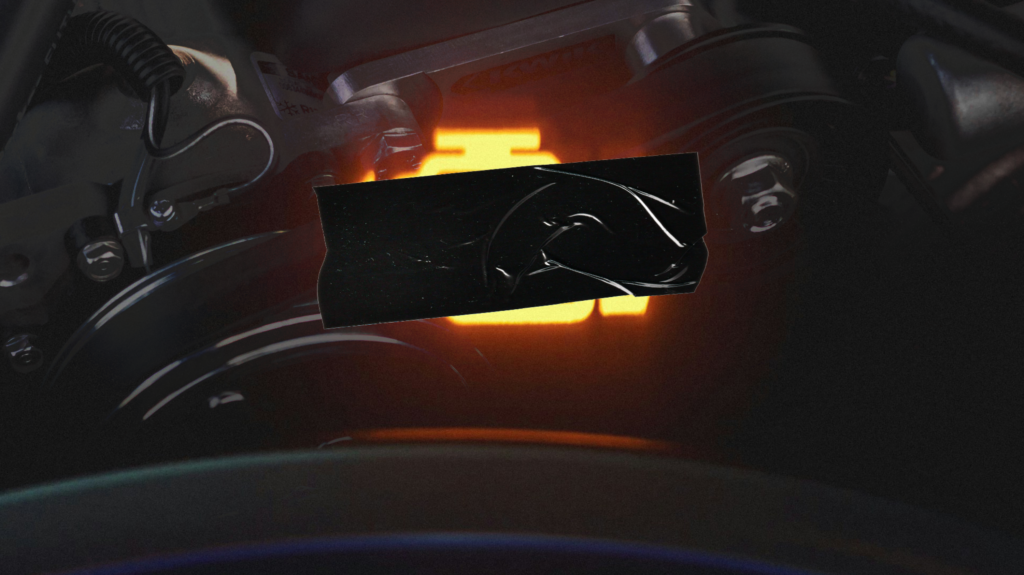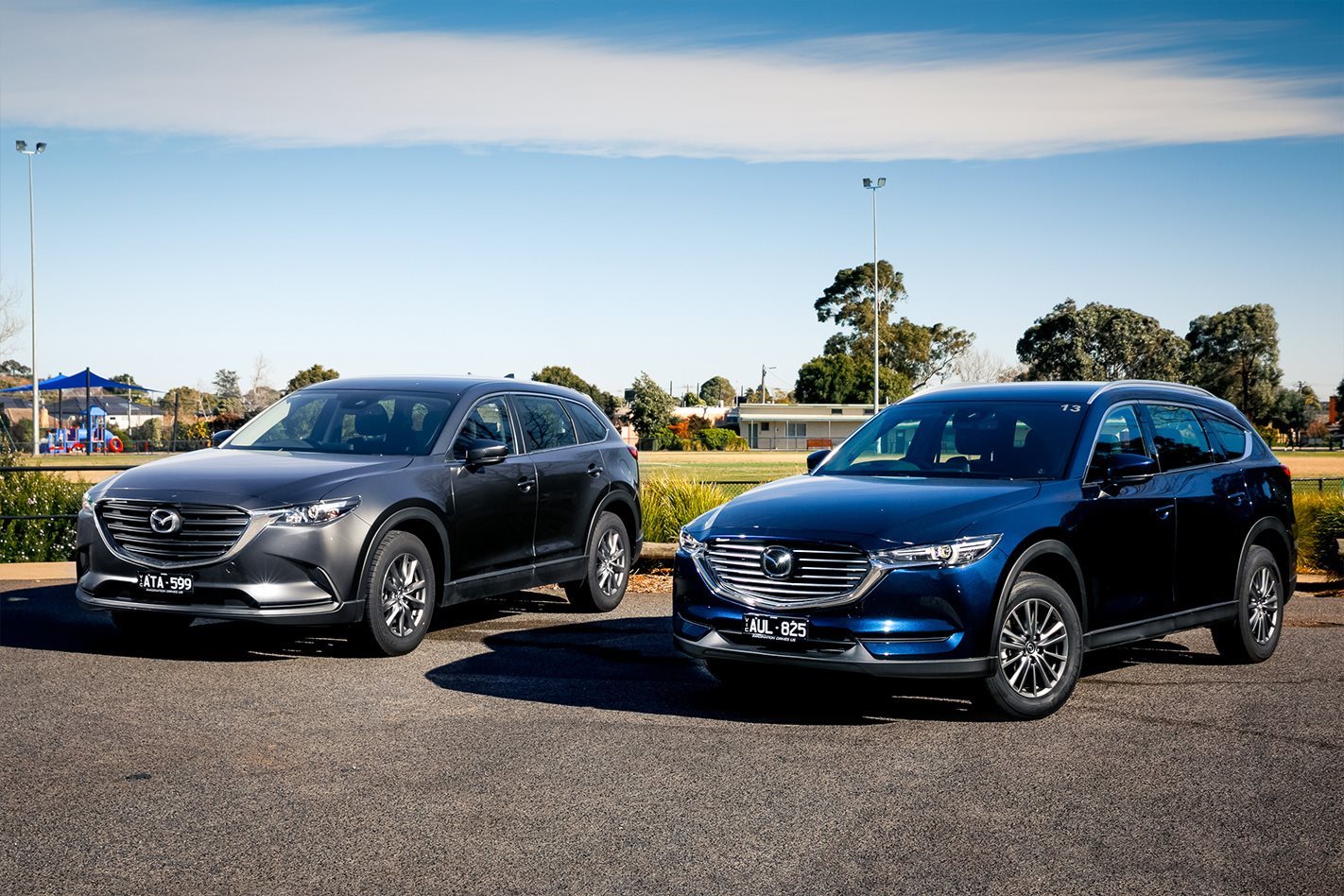
Mazda saw the writing on the wall early: the SUV will have a dominant showing in the Australian car market.
That’s why its SUV range is as large as it is, and growing too. Having introduced the segment-breaking CX-3 small SUV over five years ago, Mazda still sees room-enough in the small SUV market to offer a second offering, the CX-30.
Despite arriving in Australia just as the COVID-19 pandemic was ramping up, Mazda Australia product and marketing director Alastair Doak said the CX-30 is selling well considering the circumstances and remains committed to its SUV line-up as a whole.
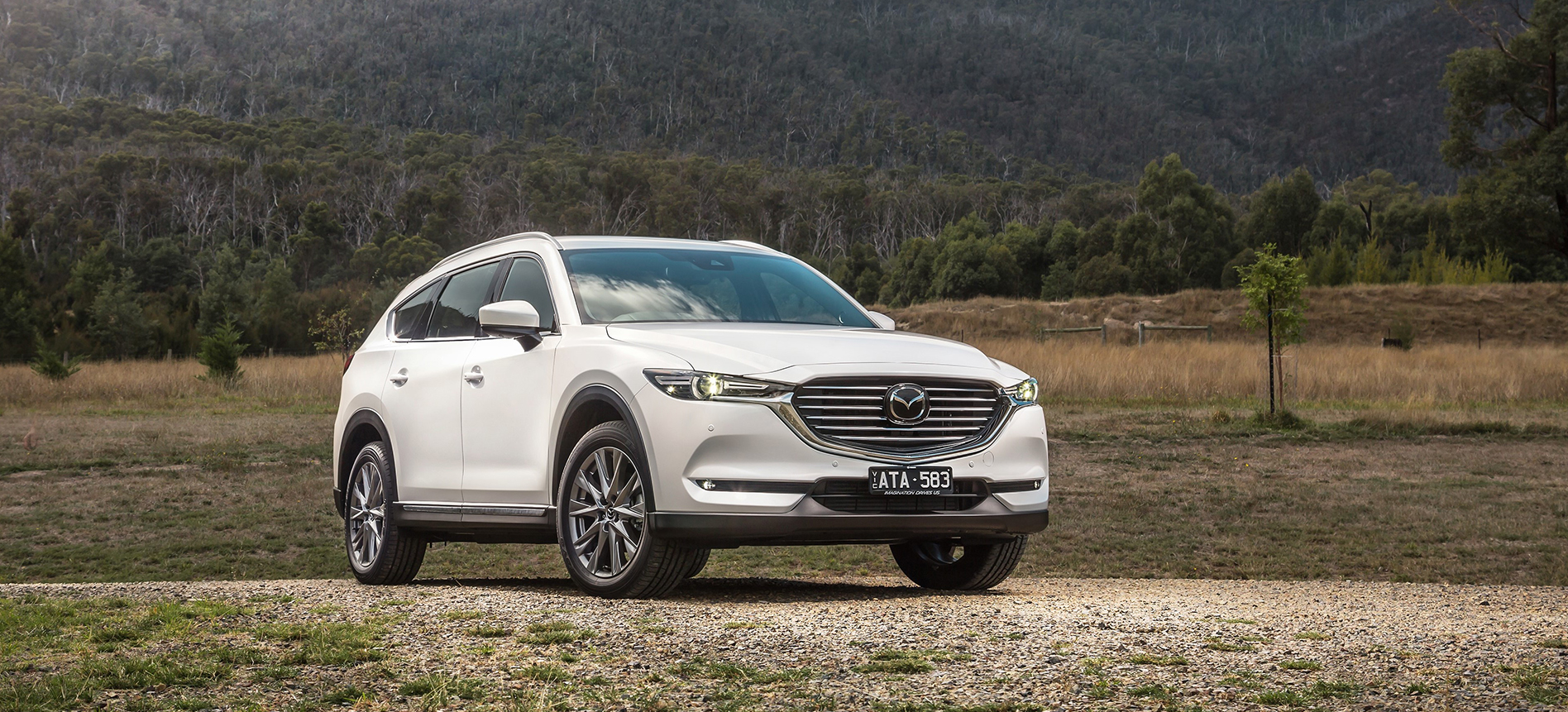
“We’re all about choice; we’re not obsessed about having one model being number one. We would rather have five, six, seven solid performers appealing to a broad range of customers rather than having one car that’s 60 percent of our volume. That can be a rather perilous place to be.
“Doing that broad range and appeal certainly may not give you as many sales headlines, but ultimately that kind of messaging is ultimately irrelevant to us. We’d rather have strong performers across a broad range of nameplates rather than just one or two superstars.
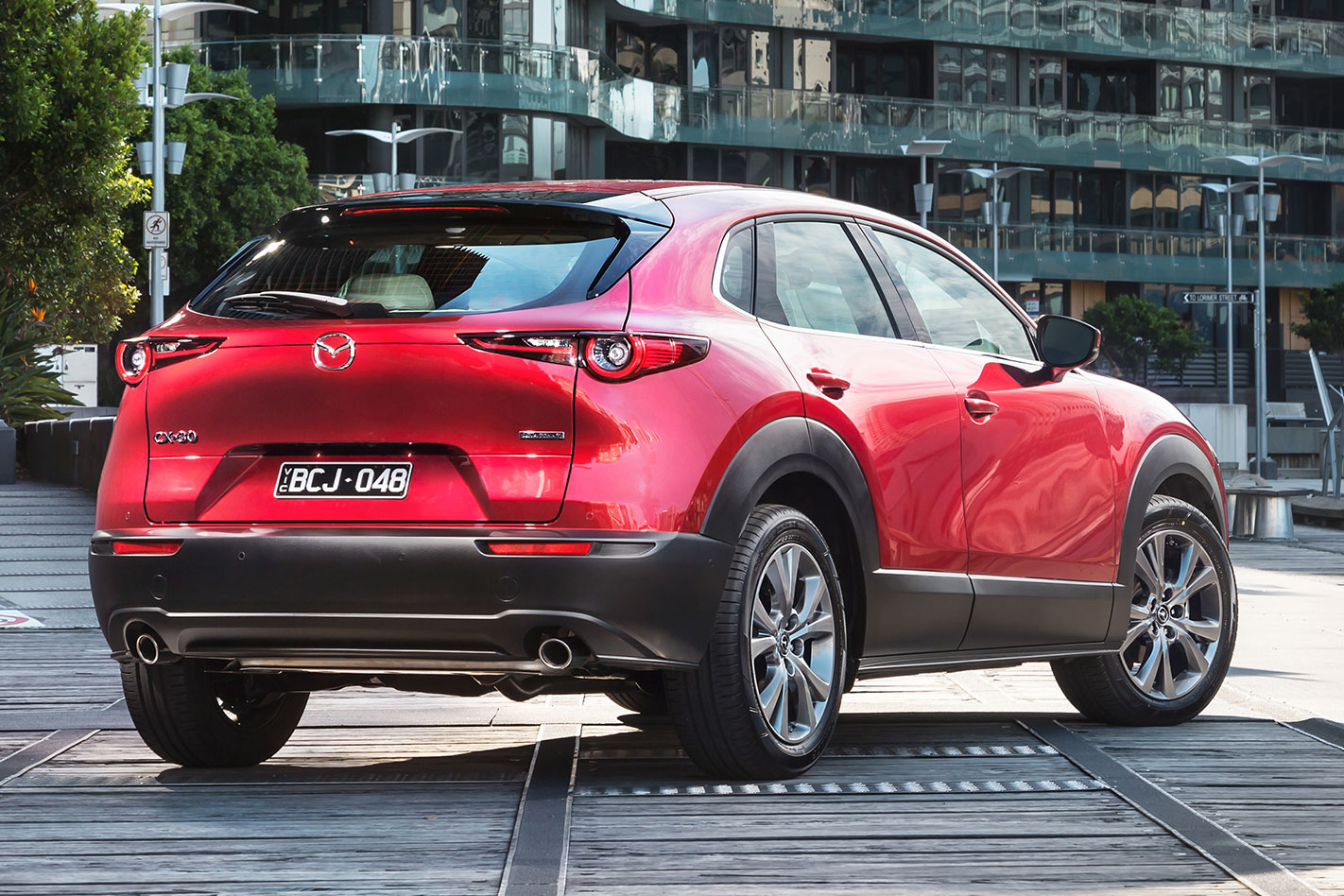
“We’re very happy with the portfolio mix.”
But Mazda’s SUV portfolio isn’t the easiest to grasp or follow along with, especially when it starts adding models with a different naming structure like the CX-30 or incoming MX-30 electric SUV.
In general terms, as you go up numerically from CX-3 to CX-5 to CX-9, the cars become larger – and proportionately – more expensive.
Mazda CX-3

The Mazda CX-3 is the entry-level SUV model in the range and prices start from $22,710 before on-road costs.
It’s generally intended for singles or couples or first-car owners as there’s little space for passengers and luggage. You can get both front-wheel and all-wheel-drive versions of the CX-3, though only one engine option remains – a naturally-aspirated 2.0-litre four cylinder.

While the Mazda CX-3 is relatively old having been introduced to the Australian market five years ago, Mazda has done a respectable job in keeping up with the times by adding new equipment and technology in market updates.
Mazda CX-30
Stepping up in both price and size is the newest addition to the range, the CX-30. The CX-30 is based on the Mazda 3 small hatch and features a newer interior and technology to the CX-3, and there’s more engine choice on offer too.
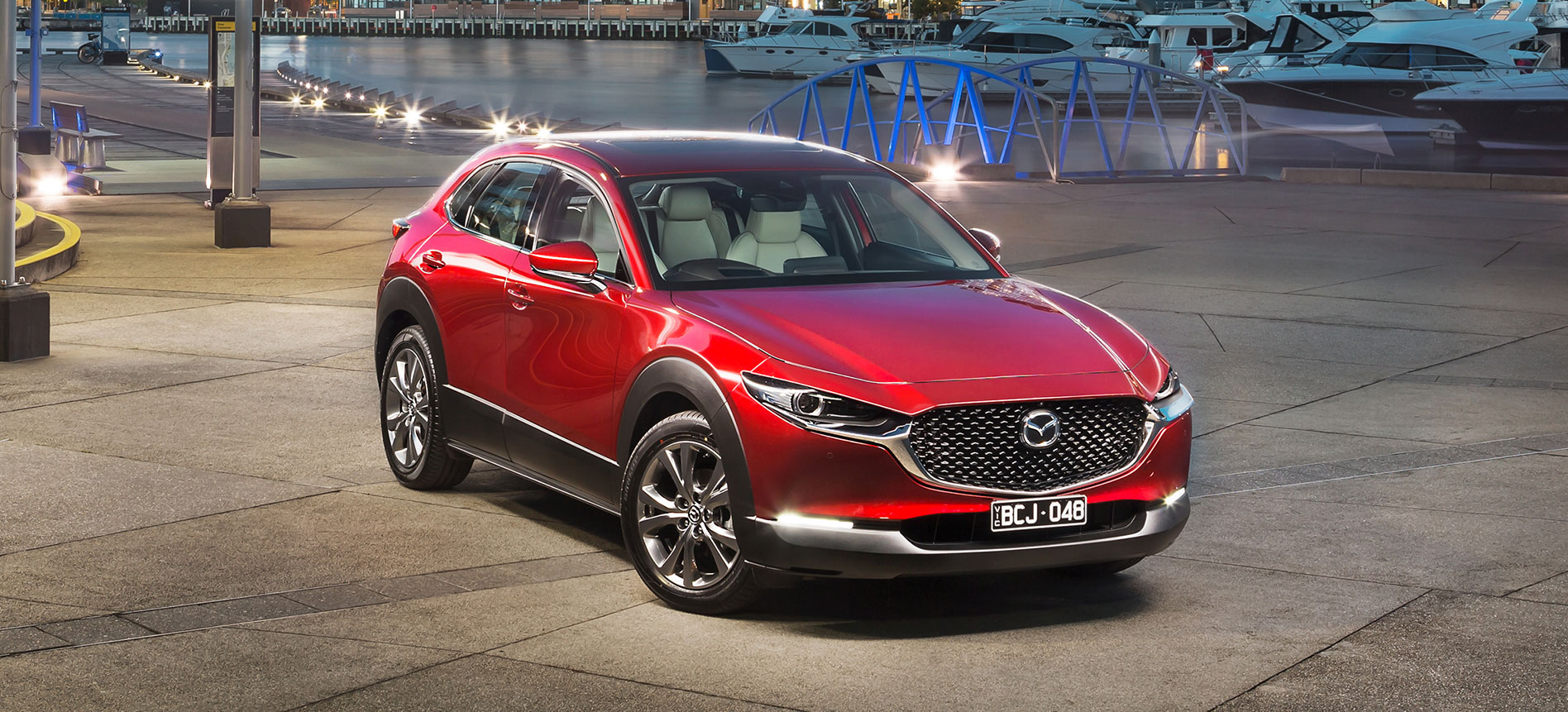
Both 2.0- and 2.5-litre engines are the choices so far, to be joined soon by an incoming SkyActiv-X engine that will increase efficiency and power. The CX-30 is pitted as somewhat of a style-based alternative to the CX-3, though it also features more space.
It is one of the most technologically advanced vehicles in the entire Mazda line-up, not bad for a car starting from $29,990 before ORCs.
Mazda CX-5
The CX-5 is the point at which the CX range starts to become viable for families. There’s much more room for both passengers and luggage, it’s more powerful and it’s even more capable off-road (especially with the latest update).
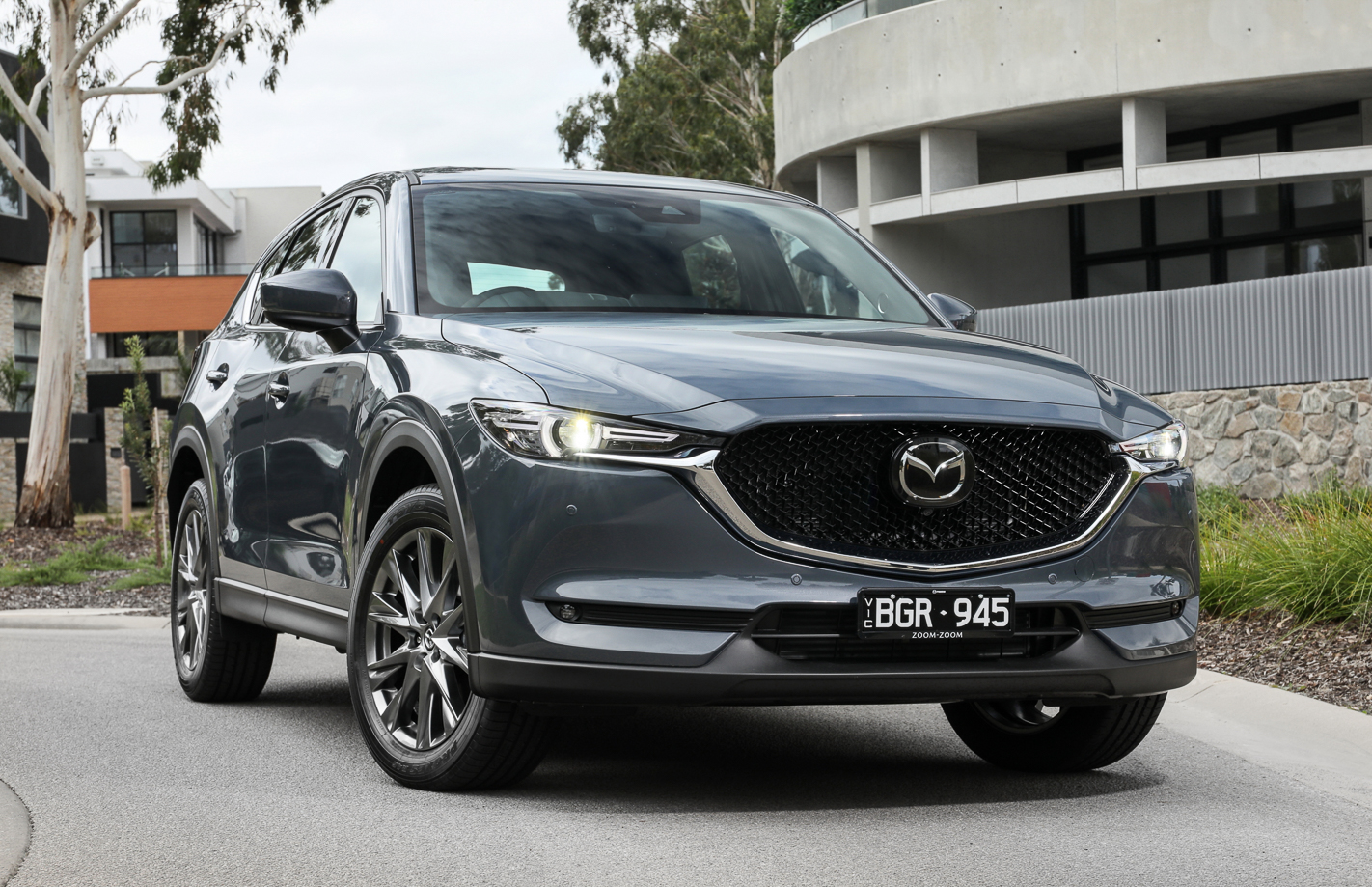
Prices start at $30,980 (before ORCs) and though this generation of CX-5 has been around for a few years now, it has received updated features and equipment year-on-year much like the CX-3 has. It seats five people and has a 442-litre boot.
Engine choice is bumped up to four options with a 2.2-litre diesel, a 2.0-litre petrol, a 2.5-litre naturally-aspirated petrol and a 2.5-litre turbocharged petrol. All-wheel-drive is available on some variants.
Mazda CX-8
The Mazda CX-8 is yet again a step up in terms of space, features and equipment, and was introduced as a diesel-powered alternative to the petrol-only CX-9. As of early 2020, the CX-8 is now offered with a naturally-aspirated 2.5-litre engine from the CX-5.
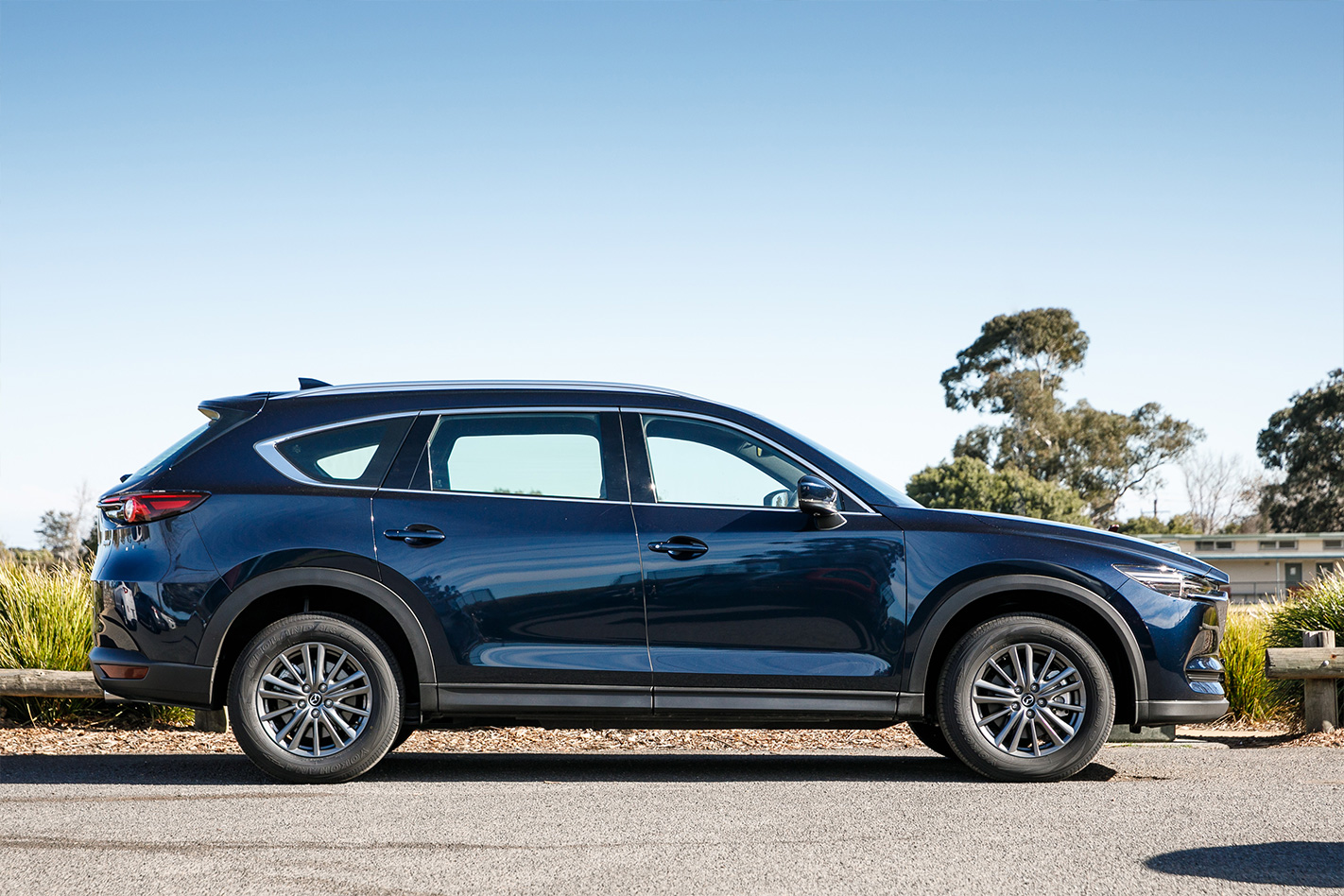
The differences between the CX-8 and CX-9 are minute and mainly relate to engine options and subtle size difference. The CX-8 range is primarily powered by a 2.2-litre diesel engine with the option of a 2.5-litre naturally-aspirated engine.
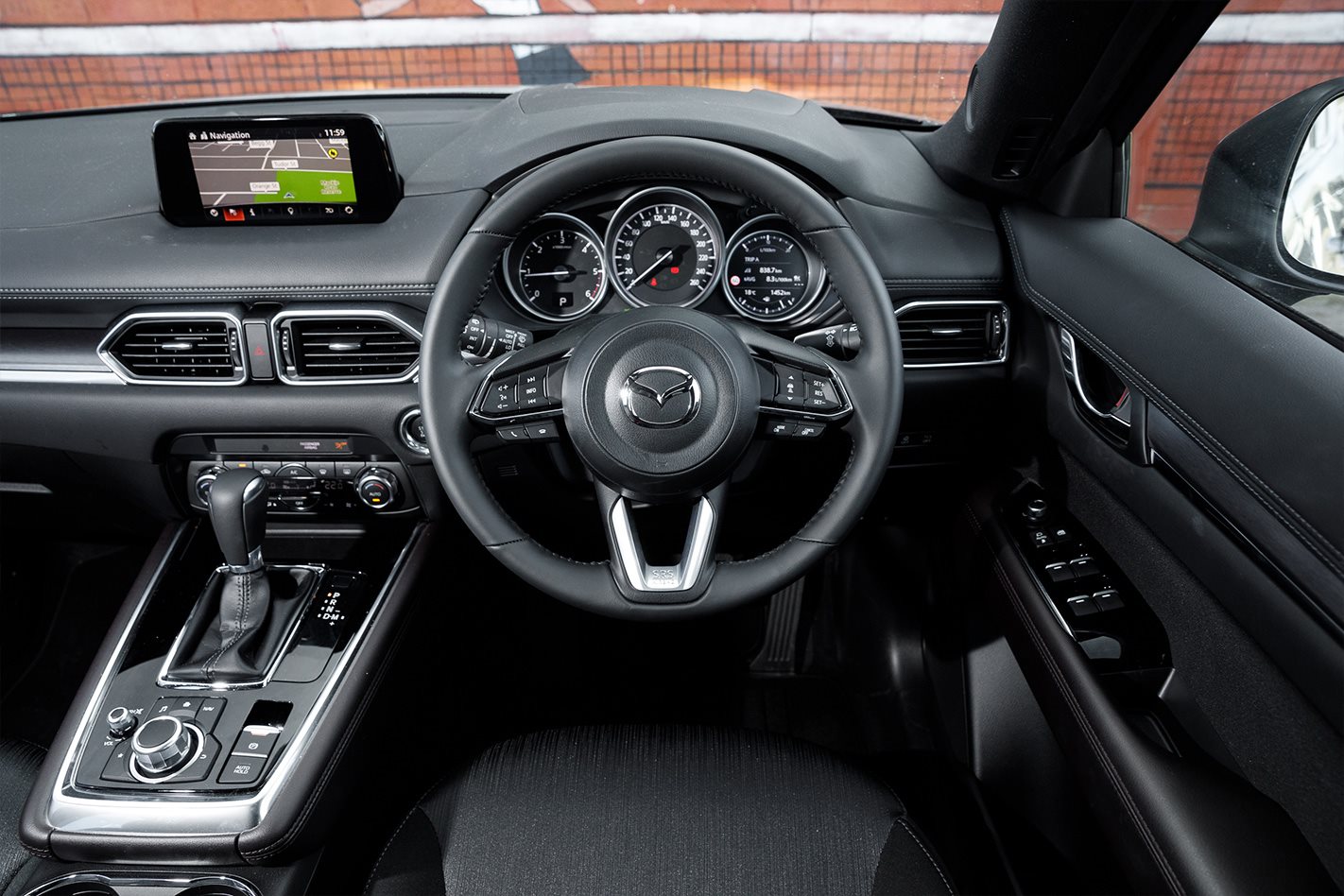
It shares the same length wheelbase with the CX-9 but is marginally shorter in a few key areas like the front seats, third row and contains a smaller boot by a measure of 68 litres.
Mazda CX-9
This is Mazda’s flagship SUV meaning it is the most expensive. It also features the most space and is the best-equipped of the range.

There’s seven seats, a single engine option (2.5-litre turbocharged four-cylinder) and you can have in front- or all-wheel-drive.
The CX-9 range starts at $45,920 (before ORCs) while the CX-8 begins at $39,910 (before ORCs).
